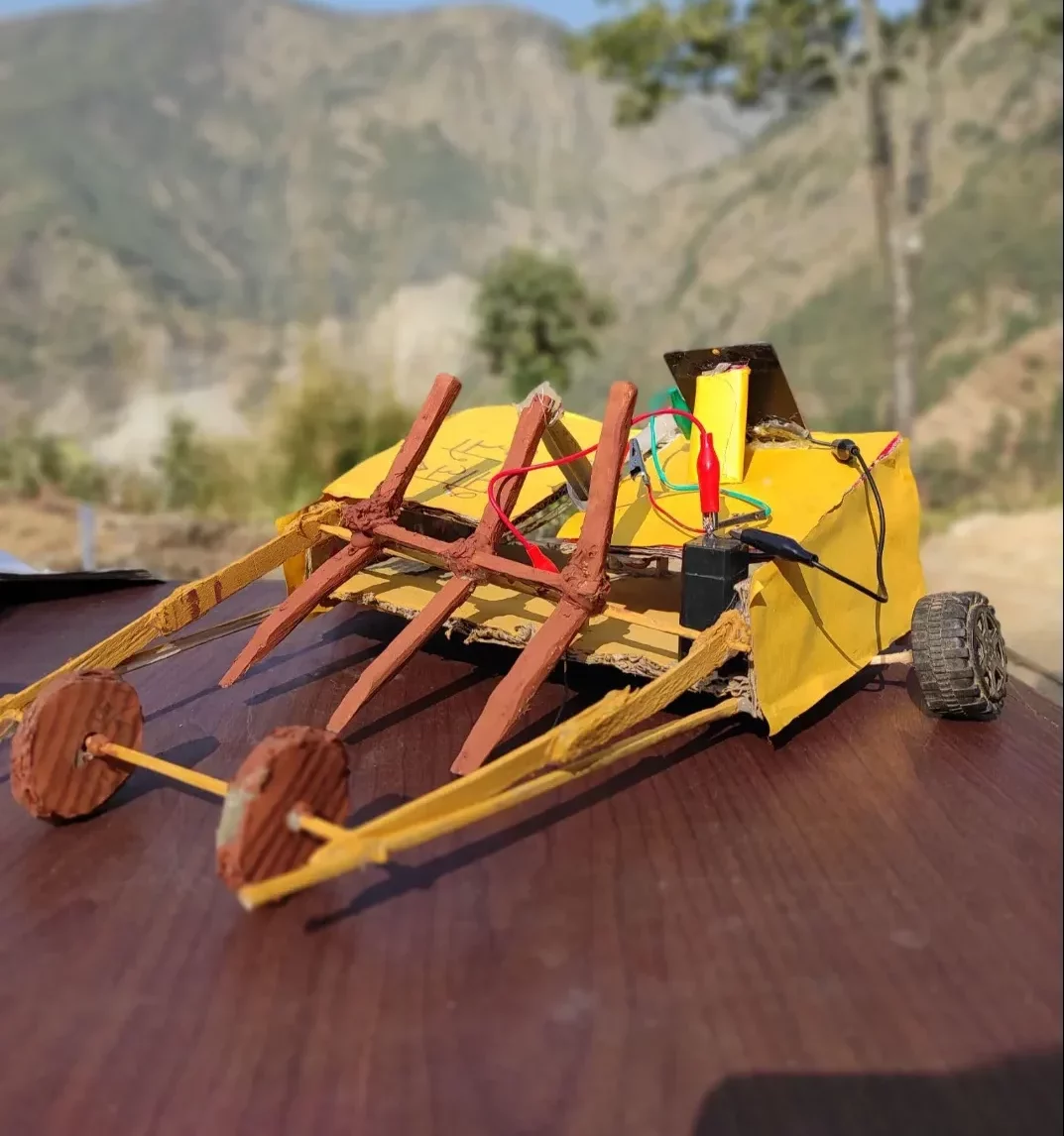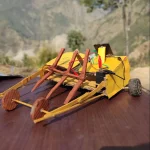Teacher: Ojashwi KC

Ojashwi KC
Ojashwi is a graduate of law from NALSAR University of Law, Hyderabad, India, motivated to work around the intersections of governance, justice, technology, and development. She strives to build an equitable world for everyone. She is a Teach for Nepal alum of 2019, having taught 150+ students in a public school in rural Nepal for 2 years. After her fellowship, Ojashwi continued her work in the development sector in areas like anti-trafficking and women’s political leadership. She currently works as a Program Associate at the Asia Foundation.
Usefull links related to the Solution
Overview
Two teachers, Ojashwi KC & Sudarshan Gautamin, working in a Nepali school led their students through a design process which led to them developing a prototype of a solar-powered plough. The process illustrated to the students the interconnected nature of climate change issues with social and economic factors.
Theory of Change
Students were aware of climate change issues affecting their local community but felt unable to offer solutions to the problems the community faced. Ojashwi and Sudarshan used project-based learning to demonstrate to the students that they had agency and could have an impact on local climate change issues.
Approach and Actions
Ojashwi and Sudarshan saw an opportunity for their students to take part in a climate change and energy poverty design challenge competition. Through the process of taking part in the competition, the teachers conducted classroom discussions and activities related to climate change, this process engaged the students and gave them an understanding of the concepts involved. The students were then led through a design thinking process. After this, the children were separated into teams and each team was given the task of identifying a local problem caused by climate change and finding a solution to the problem. The students identified that traditional ploughing methods were related to a variety of climate change issues including using a non-renewable energy supply, causing air pollution and contributing to the greenhouse effect. The teams used an iterative design process, facilitated by the teacher, to produce a prototype solar-powered plough. They identified that the solar plough solved the climate change issues as well as tackling social issues related to the ploughing such as it being time-consuming and animal welfare issues and also was more cost-effective than using a tractor.
Impact
By tackling local issues in a tangible way the project helped children understand that they can affect change. The project also led them to have an understanding of the interaction between climate change issues and social and economic factors.

